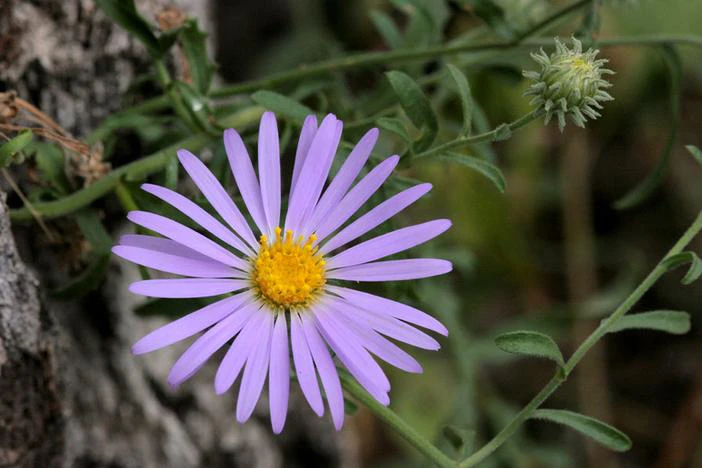Fall Tansyaster
(Dieteria asteroides)
Fall Tansyaster (Dieteria asteroides)
/
/

Cecelia Alexander
CC0 1.0
Image By:
Cecelia Alexander
Recorded By:
Copyright:
CC0 1.0
Copyright Notice:
Photo by: Cecelia Alexander | License Type: CC0 1.0 | License URL: https://creativecommons.org/publicdomain/zero/1.0/ | Uploader: aspidoscelis | Publisher: Flickr



























Estimated Native Range
Climate Requirements for Vancouver, Canada
| This Plant | Your Site | Plant Suitability for Your Location | ||
|---|---|---|---|---|
| • Precipitation | 3" - 34" | 67" | Aquatic | Aquatic |
| • High Temp. | 74°F - 110°F | 73°F | OK, but your summers are milder than normal for this plant | OK |
| • Low Temp. | 11°F - 51°F | 34°F | Your winter temperatures are normal for this plant | Excellent |
This plant may not grow well at your location - your precipitation is too high.
Summary
Dieteria asteroides, commonly known as Fall Tansyaster, is a semi-deciduous perennial or biennial herb native to a variety of habitats including open woodlands, desert scrub, and grasslands in the Southwestern USA and Northern Mexico. It typically grows to a height of 0.5 feet (0.2 meters) and a width of 0.8 feet (0.2 meters), forming a low mound of foliage with branching stems. The plant is characterized by its daisy-like flowers with purple rays and yellow centers that bloom in late summer to fall, adding a splash of color when many other plants are fading. The flowers are modest in size but can be quite showy in mass plantings.
Fall Tansyaster is valued for its drought tolerance and ability to thrive in poor, well-drained soils, making it an excellent choice for xeriscaping and naturalized areas. It is also used in pollinator gardens, as its late-season flowers provide a vital nectar source for bees and butterflies. While it prefers full sun, it can tolerate part shade, especially in hot climates. This plant is relatively low-maintenance, but it can self-seed prolifically under ideal conditions, which may be undesirable in some garden settings.CC BY-SA 4.0
Fall Tansyaster is valued for its drought tolerance and ability to thrive in poor, well-drained soils, making it an excellent choice for xeriscaping and naturalized areas. It is also used in pollinator gardens, as its late-season flowers provide a vital nectar source for bees and butterflies. While it prefers full sun, it can tolerate part shade, especially in hot climates. This plant is relatively low-maintenance, but it can self-seed prolifically under ideal conditions, which may be undesirable in some garden settings.CC BY-SA 4.0
Plant Description
- Plant Type: Herb
- Height: 0.5-1 feet
- Width: 0.4-0.8 feet
- Growth Rate: Moderate
- Flower Color: Purple, Yellow
- Flowering Season: Fall
- Leaf Retention: Semi-Deciduous
Growth Requirements
- Sun: Full Sun, Part Shade
- Water: Low
- Drainage: Fast
Common Uses
Bee Garden, Bird Garden, Butterfly Garden, Hummingbird Garden, Low Maintenance, Showy Flowers
Natural Habitat
Open woodlands, desert scrub, and grasslands
Other Names
Common Names: Hoary Aster
Scientific Names: Dieteria asteroides, Machaeranthera asteroides, Machaeranthera tephrodes, Machaeranthera pruinosa, Aster tephrodes, Machaeranthera verna, Machaeranthera canescens var. latifolia, Machaeranthera amplifolia, Machaeranthera simplex
GBIF Accepted Name: Dieteria asteroides Torr.